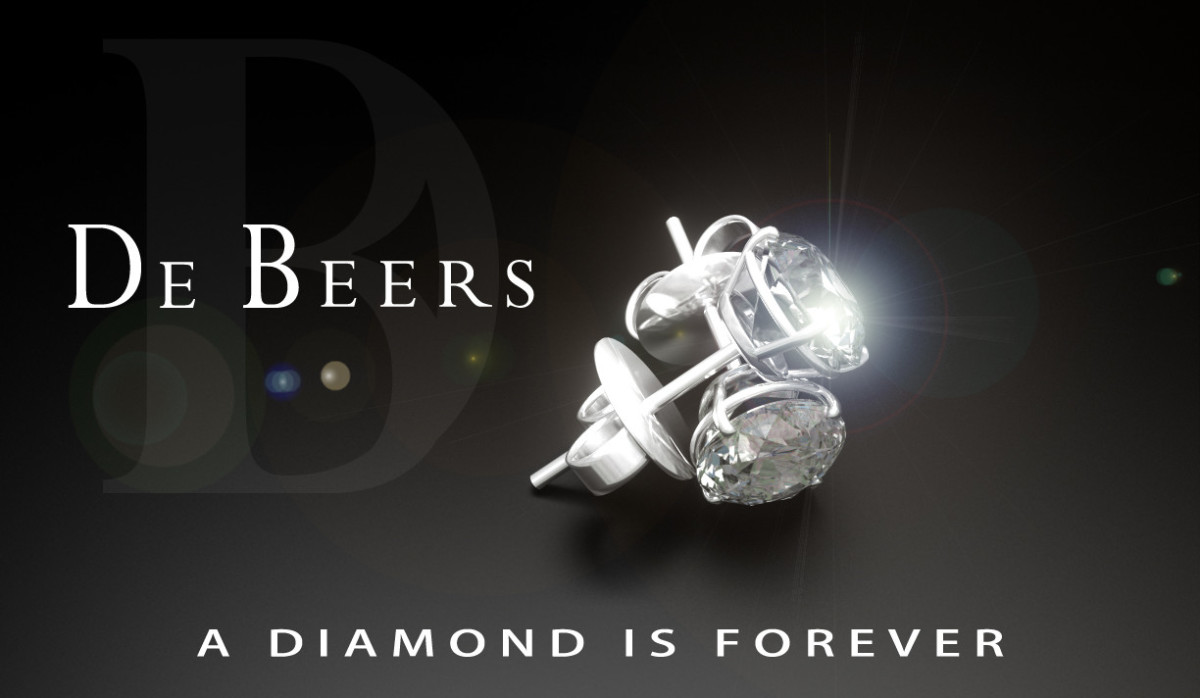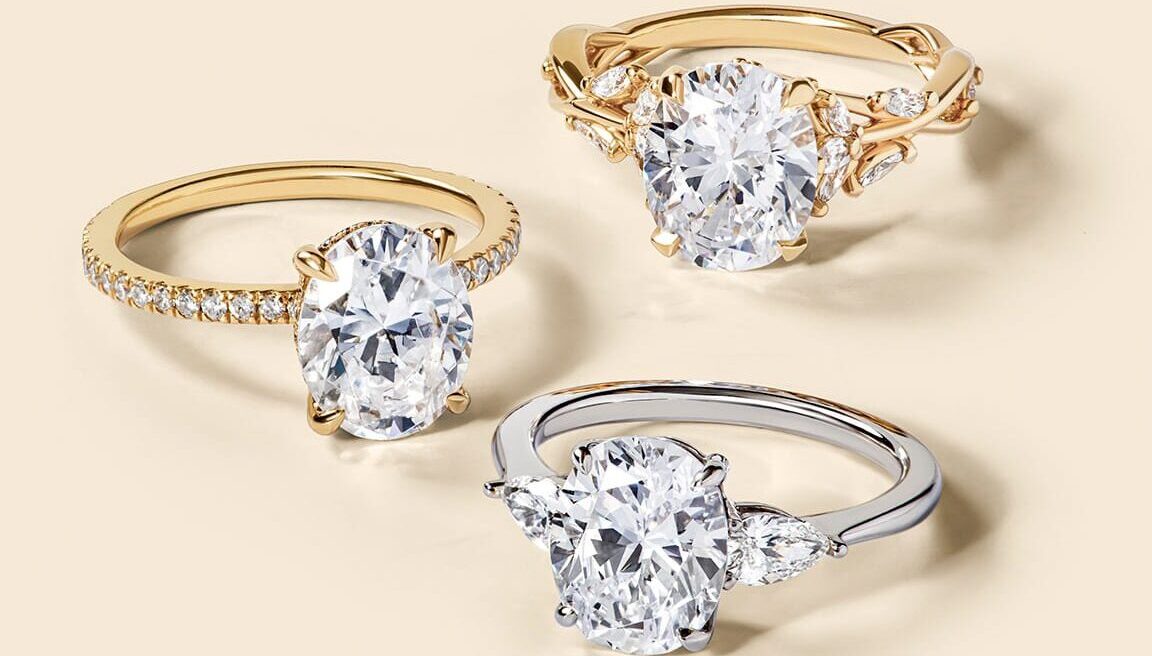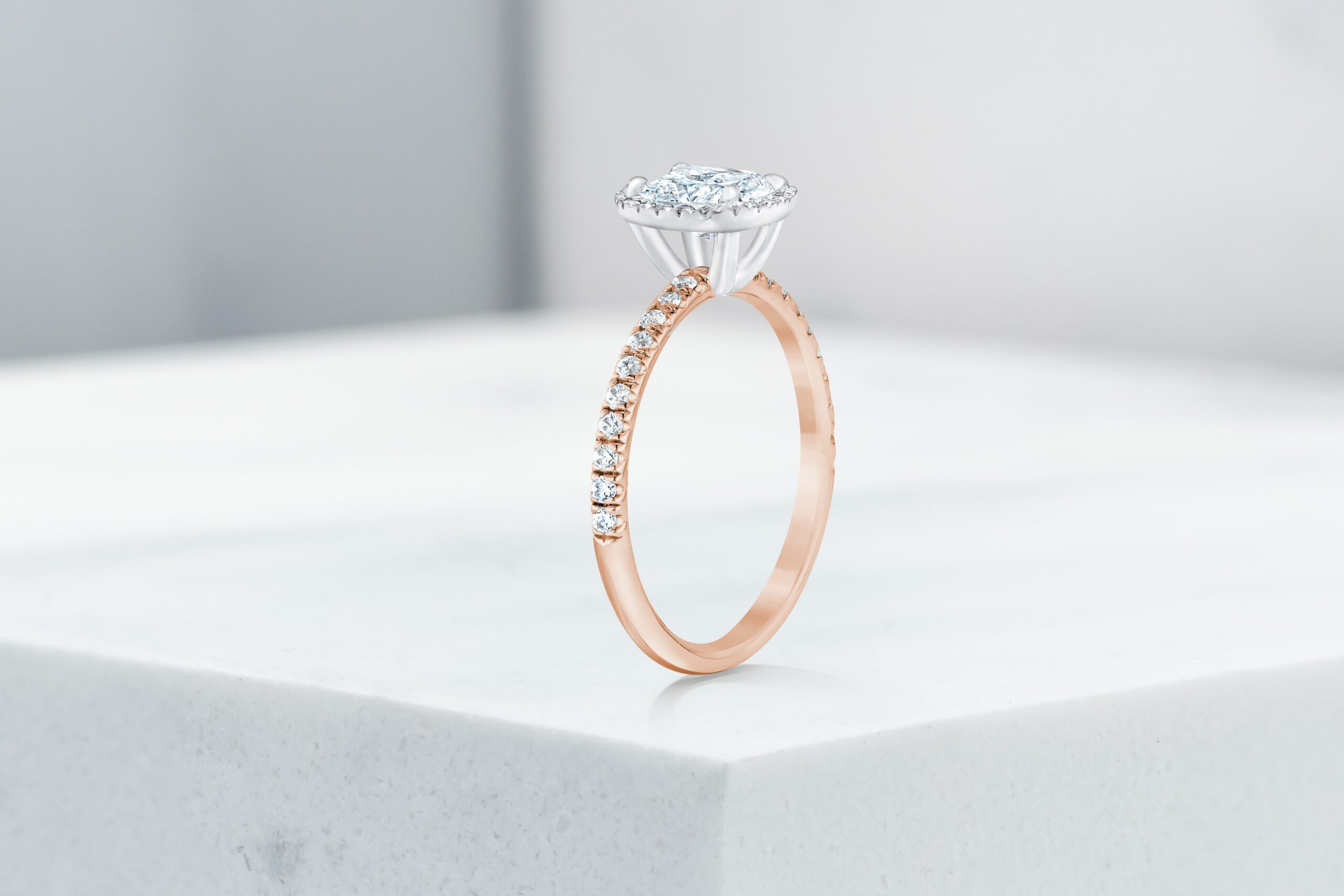In the realm of love and commitment, the engagement ring stands as a significant symbol. Often adorned with diamonds or other precious gems, these rings are both beautiful and meaningful.
However, beneath the sparkle and sentiment lies a pressing issue – the notably high cost of engagement rings. This article delves into this costly concern, exploring the factors contributing to the high prices, the implications for consumers, and possible alternatives to this expensive tradition.
Historical Context

Understanding the expensive nature of engagement rings manchester begins with a look at their historical context. The tradition of presenting engagement rings dates back to ancient times.
The ancient Romans, for instance, exchanged simple iron rings as a sign of mutual love and intent to marry. Over centuries, the materials used to craft these rings became more precious, culminating in the modern-day emphasis on diamond engagement rings.
The De Beers diamond company played a significant role in solidifying the diamond engagement ring tradition.
In the early 20th century, De Beers launched a marketing campaign that effectively linked diamonds with eternal love and commitment, embedding the notion that a diamond ring is an essential part of any marriage proposal.
The Diamond Dilemma

The diamond industry significantly contributes to the high cost of engagement rings. Diamonds, perceived as rare and precious, command high prices in the market.
This perceived rarity, however, is largely a construct of controlled diamond distribution by dominant entities such as De Beers. By regulating the supply of diamonds, these entities can maintain high prices, ensuring substantial profits.
Additionally, the process of mining, cutting, and polishing diamonds is labor-intensive and costly. These factors, coupled with the environmental and ethical issues related to diamond mining, further add to the expense of diamond engagement rings.
Societal Pressures
Societal expectations and pressures play a crucial role in driving the high cost of engagement rings. The commonly cited “rule” that one should spend two to three months of their salary on an engagement ring is a reflection of societal influence on personal spending decisions.
This unwritten rule, popularized by marketing campaigns, further burdens individuals with the expectation of purchasing expensive rings, irrespective of their financial capacity.
Financial Implications
The financial implications of purchasing a high-cost engagement ring are profound. Many individuals take on substantial debt to meet societal expectations surrounding engagement rings.
This financial burden can strain relationships and lead to additional stress and complications. Financial stability is foundational to a successful partnership, and the initial investment in an engagement ring should not undermine this stability.
Alternatives to Expensive Engagement Rings

Given the financial strain and ethical considerations associated with traditional diamond engagement rings, many couples are exploring alternatives. Lab-grown diamonds, moissanite, and other gemstones offer aesthetically pleasing and more affordable options for engagement rings.
Additionally, some couples opt for simple bands, vintage rings, or other non-traditional ring styles that hold personal significance without the hefty price tag.
Ethical and Environmental Considerations
As consumers become more conscious of ethical and environmental issues, the appeal of traditional diamond engagement rings diminishes. Conflict diamonds or “blood diamonds” refer to stones mined in war zones, often by forced labor, with profits used to fund armed conflict against governments.
The diamond industry’s environmental footprint, including habitat destruction and extensive energy use, further contributes to the search for ethical and eco-friendly alternatives.
Conclusion
In conclusion, the high cost of engagement rings stems from a complex interplay of historical, societal, and industry-related factors. While the allure of diamond engagement rings persists, the financial, ethical, and environmental considerations prompt a growing shift towards alternative options.
Engagement is a celebration of love and commitment, and the symbol of this milestone, the engagement ring, should align with the values, financial comfort, and preferences of each unique couple.
In navigating the landscape of engagement rings, individuals and couples are encouraged to prioritize personal significance, ethical considerations, and financial prudence over societal expectations and pressures.
The most meaningful engagement rings are those that reflect the unique love, values, and aspirations of the couple, without the burden of excessive cost, debt, and ethical concerns.







